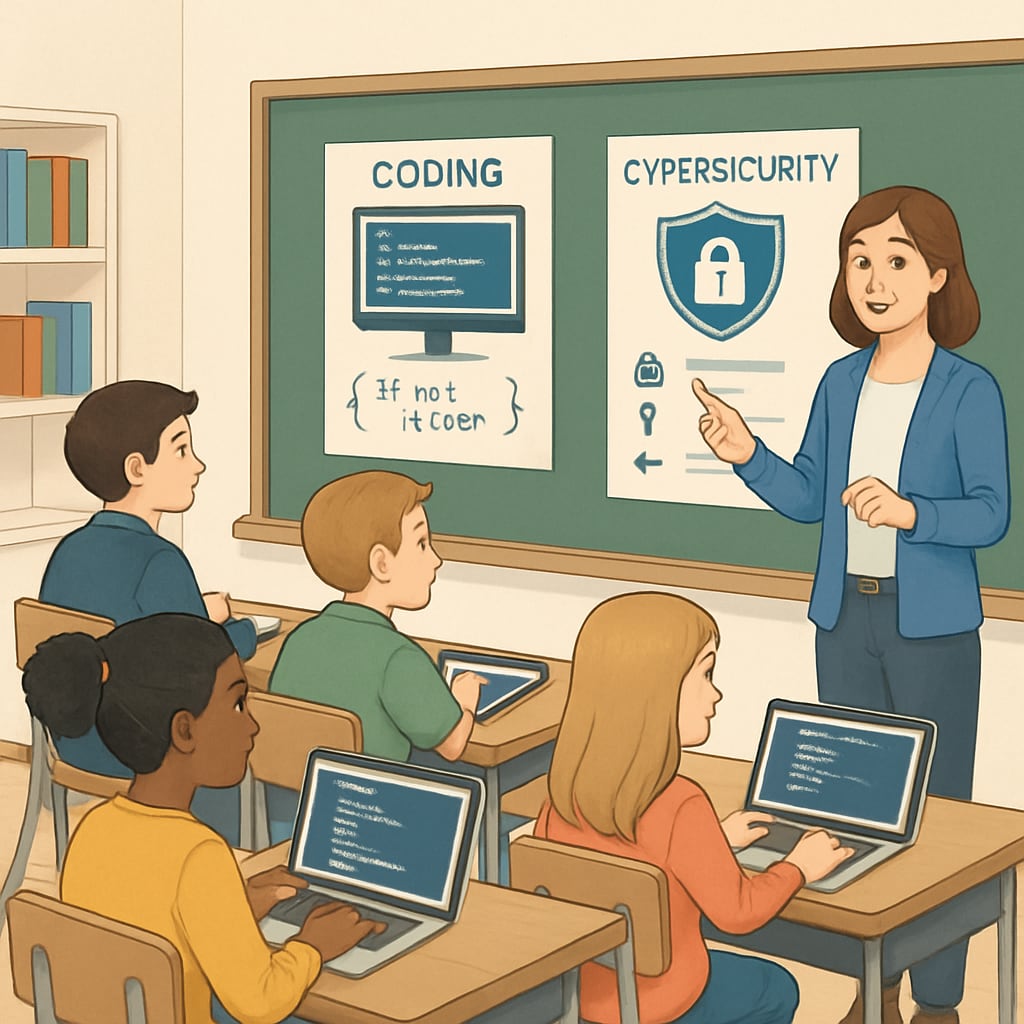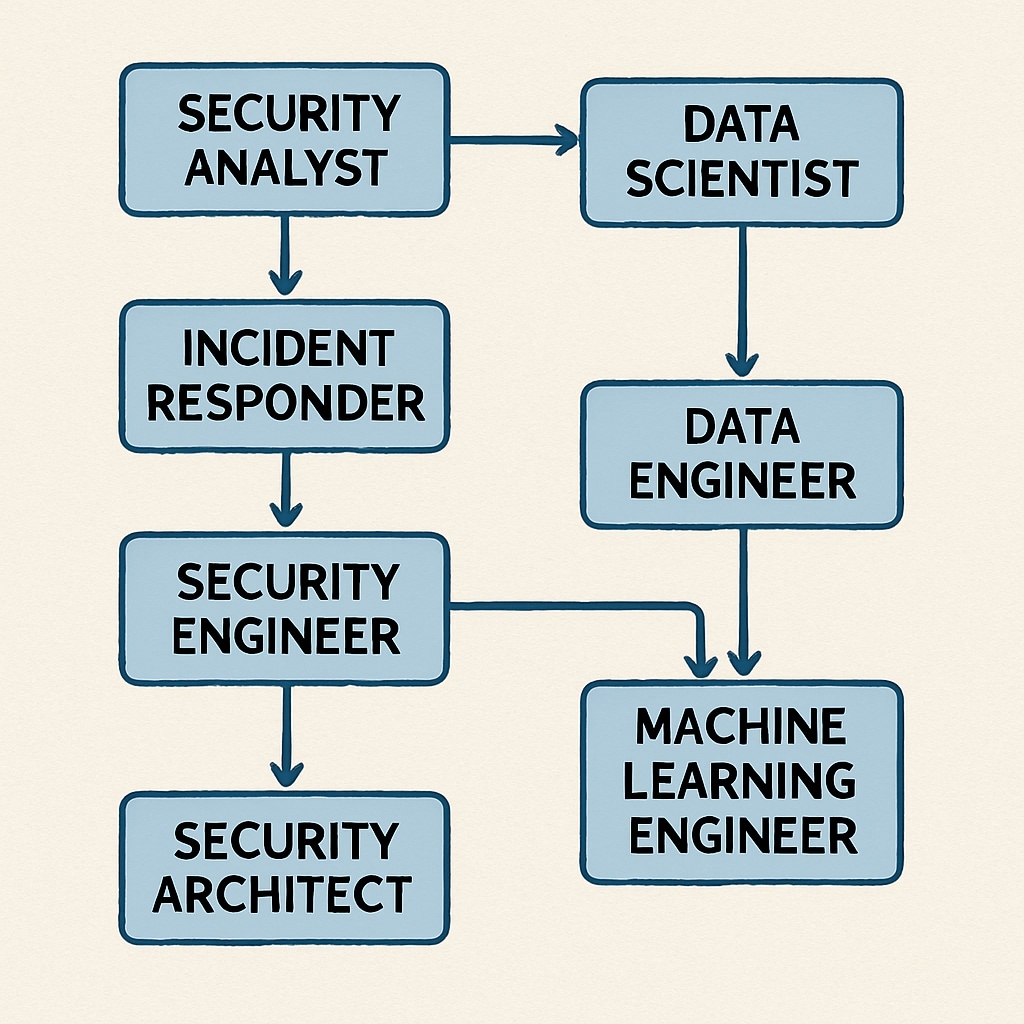In today’s digital era, cybersecurity and data science have emerged as critical domains influencing education, technology, and career choices. By integrating these fields into K12 education, schools can prepare students for future-ready careers while nurturing their technical literacy. This article dives into the growing importance of these disciplines, their influence on student career paths, and their potential to shape the future of the workforce.
Why Cybersecurity and Data Science Matter in K12 Education
As technology continues to revolutionize industries, cybersecurity and data science have become indispensable. Cybersecurity focuses on protecting sensitive information and systems from digital threats, while data science leverages data to drive decision-making and innovation. Introducing these topics in K12 education ensures students understand their significance early on.
For example, cybersecurity awareness equips young learners with tools to navigate the internet safely, a vital skill in an increasingly connected world. Similarly, basic data science concepts can help students analyze trends, understand statistics, and develop problem-solving skills. These foundational lessons not only prepare students for future STEM-related careers but also enhance their ability to think critically and ethically.

Career Opportunities in Cybersecurity and Data Science
The demand for professionals in both cybersecurity and data science is growing exponentially. According to Britannica, the global cost of cybercrime is expected to reach trillions of dollars annually, emphasizing the need for skilled cybersecurity experts. Meanwhile, Wikipedia highlights that data science roles are integral to sectors ranging from healthcare to finance.
Key career paths include:
- Cybersecurity: Ethical hacking, penetration testing, security analysis, and cyber threat intelligence.
- Data Science: Data analytics, machine learning engineering, and business intelligence consulting.
Both fields offer lucrative salaries and opportunities for growth, making them attractive options for students exploring STEM careers.

Preparing Students for a Digital Future
To help students navigate these career paths effectively, educators must prioritize hands-on experiences and interdisciplinary learning. Coding projects, cybersecurity simulations, and data analysis exercises can foster engagement and practical understanding. Additionally, integrating ethical considerations into the curriculum ensures students approach technology responsibly.
Here are some actionable strategies for educators:
- Introduce cybersecurity basics through interactive activities like password creation and safe browsing practices.
- Teach data science fundamentals using real-world datasets to analyze trends and create visualizations.
- Collaborate with industry professionals to provide mentorship and insights into career opportunities.
Conclusion: A Future Powered by Cybersecurity and Data Science
The integration of cybersecurity and data science into K12 education is not just an academic endeavor; it is a strategic move to empower the next generation. These fields offer students the tools to thrive in an increasingly digital world, fostering innovation, critical thinking, and ethical decision-making. By prioritizing early exposure to these disciplines, educators can pave the way for students to excel in their future careers and contribute meaningfully to society.
Readability guidance: This article uses concise paragraphs, active voice, and transitional phrases to enhance clarity. Lists summarize key points for quick understanding, ensuring engaging and digestible content for readers.


